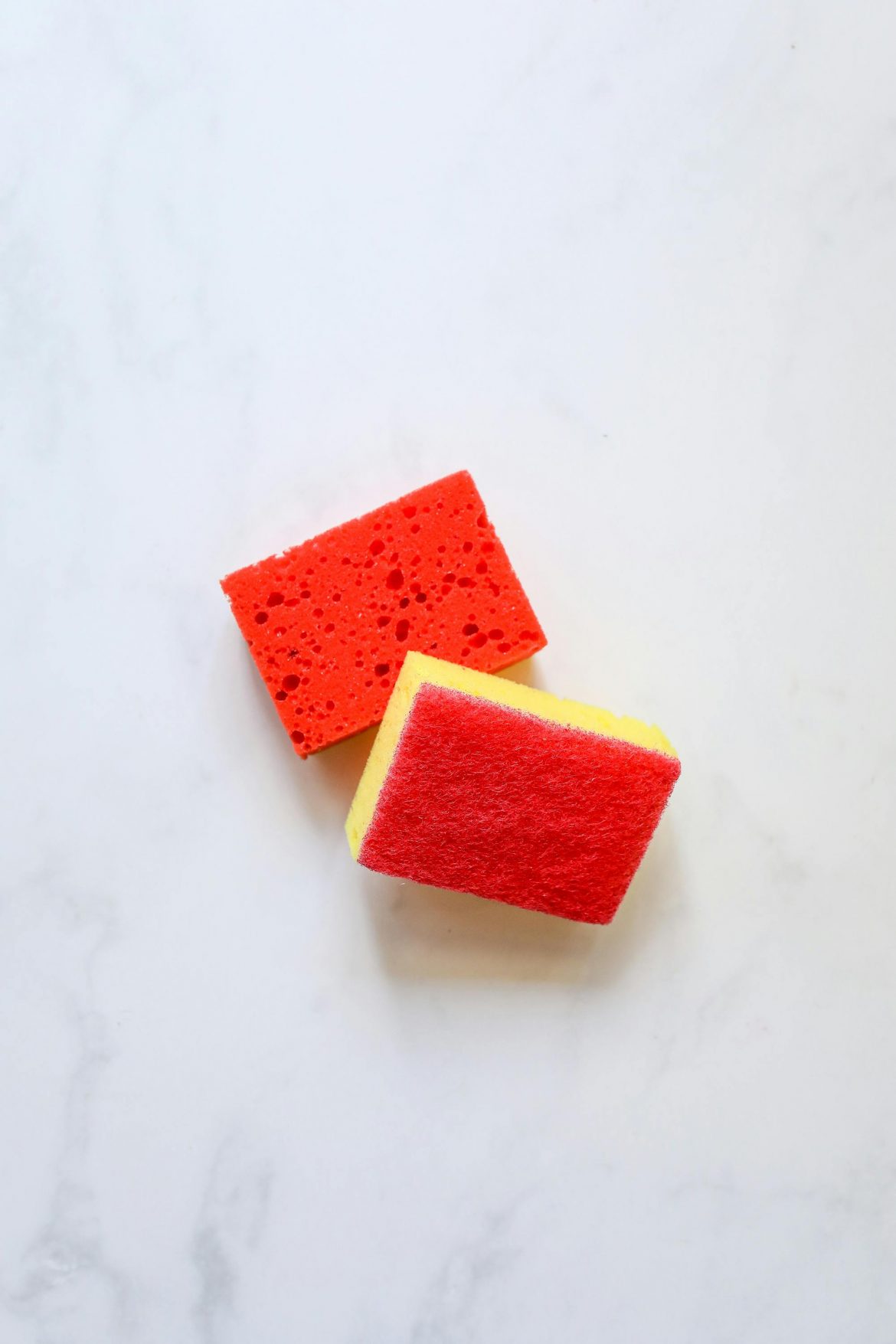An innocent, hard-working kitchen cleaning tool can’t be all that bad. Can it?
My kitchen sponge harbours how many bacteria now?
Kitchen sponges keep our dishes spotless, but actually, they’re one of the dirtiest tools you could be using. One study has shown that kitchen sponges can harbour more bacteria than a toilet seat. Yoh! But why?
- Warm environment: Especially just after doing the dishes, the warmth is perfect to kickstart bacterial growth
- Constant moisture: We’ve all been guilty of leaving a sponge without wringing it out properly, and those pesky bacteria love to see it
- Food particles: They might rid your dishes of food particles, but they stay onboard, providing bacteria with a food source
- Infrequent replacement: Do you remember the last time you replaced your kitchen sponge? I’m certainly guilty of not knowing!
What kind of bacteria are we talking about?
Generally speaking, the bacteria a sponge can harbour aren’t usually deadly, but if left to fester, they can cause serious food poisoning and upset tummies (especially if your immune system isn’t as strong as it should be).
Studies have shown that of the top five harmful bacteria, a kitchen sponge can harbour these three:
- E.coli: Linked to foodborne illness
- Salmonella: Causes diarrhoea, fever, and cramps
- Staphylococcus aureus: Responsible for skin infections and food poisoning
- Campylobacter: The main cause of severe (even deadly) diarrheal illness
While not every sponge may contain these bacteria, the risk increases the longer you use one, especially without proper sanitation.
Signs your sponge is in desperate need of a change
- It smells funky or sour
- The sponge feels slimy to the touch
- It has stains or is discoloured even after washing
- You’ve been using it for more than 4 weeks (or can’t remember when last you’ve replaced it)
What to use to do the dishes instead
Put your mind (and stomach) at ease the next time you’re washing up dirty dishes by opting to use these alternatives:
- Dish brushes: Easy to sanitise, dry easily
- Silicone scrubbers: Don’t hold moisture, dry quickly, and last longer
- Reusable dish cloths: Washing machine-friendly, dry quickly, and easily replaceable
- Compostable dish cloths: Like cellulose cloths, they dry quickly and don’t hold on to moisture
Sanitise your sponge
If you’re a firm believer that your kitchen sponge cleans the best, there are ways to make sure it’s sanitised and bacteria-free:
Use the microwave to disinfect
- Wet the sponge thoroughly (otherwise it might burst into flames).
- Microwave on high for 1 to 2 minutes.
- Let it cool sufficiently (leave it for about 5 minutes) before handling.
Pop it in the dishwasher
- Place the sponge flat on the top shelf.
- Use the hottest and longest cycle (60ºC at least).
- Remove, wring out, and thoroughly dry in the sun.
Use a sanitising solution
- Mix 1/4 teaspoon concentrated chlorine bleach with 950 ml of warm water (not boiling).
- Soak the sponge (and any other kitchen towels) in the solution for one minute.
- Wring out and thoroughly dry in the sun.

